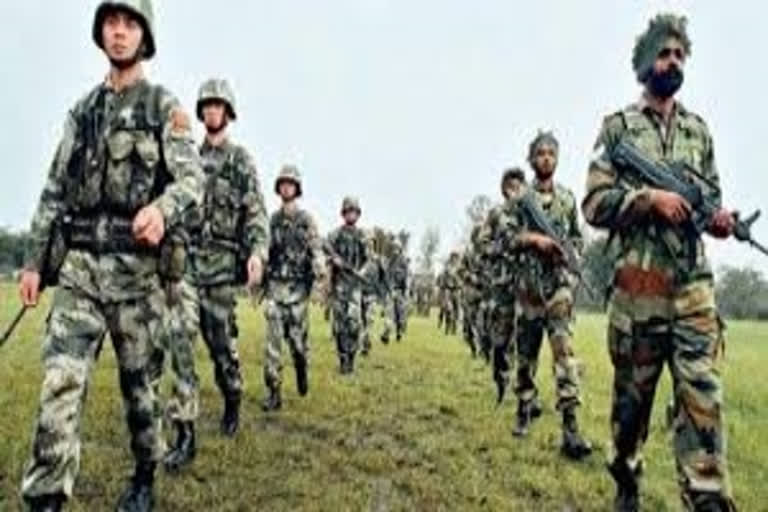New Delhi: With the military talks between India and China over the escalating border row in an obstinate and indeterminate state, India is rushing in more troops and war equipment to the eastern frontier in Arunachal Pradesh mirroring the deployment of the People’s Liberation Army (PLA) in the region which China calls 'Southern Tibet.'
According to multiple sources, Indian reserve forces are being moved towards Arunachal Pradesh from rear areas peace stations in the Northeast region and the mainland in order to match the growing mobilization of the PLA across the McMohan Line (ML).
While large-scale Indian Army movement inside and towards Arunachal Pradesh during this time of the year till October is an annual feature because of the campaign season, the movement this year has been much bigger.
There is heightened PLA activity across the northeastern state through increased mobilization and deployment, and more frequent patrolling by greater numbers along the border.
China does not acknowledge the ML and lays claim to 65,000 sq km of territory in Arunachal Pradesh.
There are two traditional entry points for large-scale PLA movements into India’s eastern sector in Arunachal Pradesh.
One is through Tawang in the west and the other is through Walong in the east.
Read:Amid border row with China, MiG-29K fighter aircraft to be deployed in Northern sector
Incidentally, both these places were focal incursion points for the Chinese in the 1962 conflict. Otherwise, China’s access to the mountainous state is very limited because of the difficult geography.
About 13 of the 25 districts in the state have international borders with Bhutan, China and Myanmar.
Compared to the western border across east Ladakh, China occupies vantage positions of altitude from the military point of view besides having better infrastructure facilities and logistics—and therefore may be desirous of opening another front so as to stretch the deployment of Indian forces.
A long-duration deployment in big numbers in Arunachal will have a huge financial cost which will have a big impact on India's COVID 19-hit economy.
Besides the massing of heavy guns and other war-like equipment, more than 1,00,000 Indian and PLA soldiers have been mobilized across the LAC and rear areas in eastern Ladakh positioned in rapidly-deployable postures even as talks between the two of the world’s biggest armies having hot a stalemate.
Read:India-China de-escalation hits Pangong block as both sides harden positions
On Wednesday, Defence Minister Rajnath Singh’s address to the Indian Air Force (IAF) top brass during the commanders’ conference that began in the national capital too had an ominous tone when he alluded to the ongoing efforts for de-escalation on the Line of Actual Control (LAC) and urged the IAF "to stand ready to handle any eventuality."
China does not recognize Arunachal Pradesh and even protests any national politician’s visit to the Indian state.
On February 20, the Chinese foreign ministry had opposed Union home minister Amit Shah’s visit to the state and said the visit violated "China’s territorial sovereignty, undermines the stability of the border area."
Also Read:India, China agree on complete disengagement of troops from eastern Ladakh
